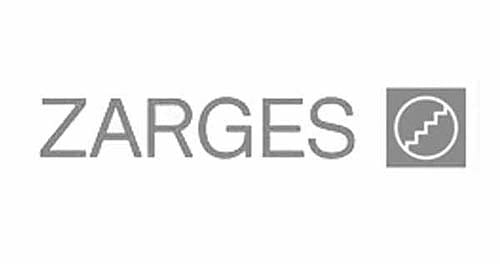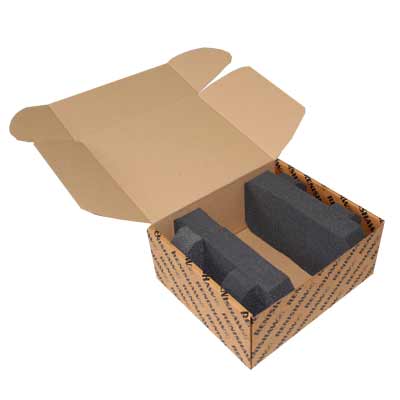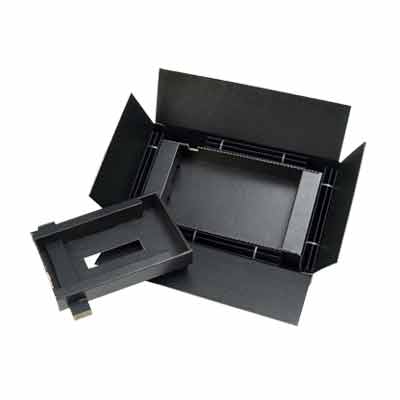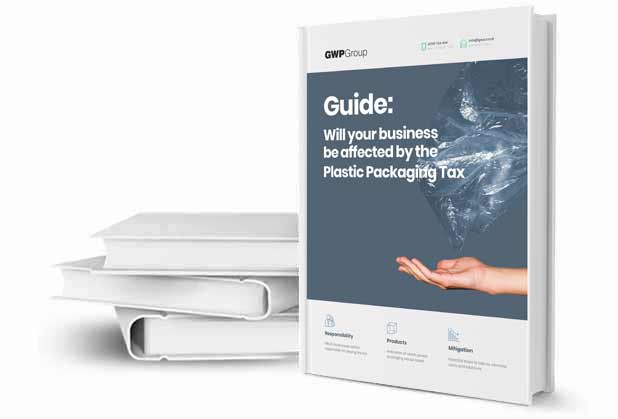HMRC environmental legislation
A beginner's guide to the Plastic Packaging Tax
If your business imports or manufactures plastic packaging that contains less than 30% recycled content, you may be subject to the Plastic Packaging Tax (PPT). HMRC introduced this environmental tax in April 2022, and it is currently chargeable at £223.69 per metric tonne of plastic used (as of 1st April 2025, this is subject to change). The tax was introduced to reduce plastic waste and encourage an increase in investment in recycling.
Yet there still needs to be some clarification around the tax, such as who pays it? Which products qualify? Are there any exemptions? What about bio-based materials? How do you find all of this information out?
This beginner’s guide provides a concise yet detailed overview of the tax, and it covers questions that are frequently asked by businesses like yours that may be affected by this. It is broken down into four principal areas, which cover:
- A general overview of the Plastic Packaging Tax.
- The products that qualify and those that are exempt.
- Who is responsible, and what are any other business requirements?
- And any other important considerations.
Contents
Plastic Packaging Tax overview
Key points of the Plastic Packaging Tax at a glance
- UK HMRC introduced the Plastic Packaging Tax (PPT) on 1st April 2022.
- The tax applies to all plastic packaging that does not contain at least 30% recycled materials.
- Businesses manufacturing or importing qualifying packaging are liable for paying the tax.
- The Plastic Packaging Tax is currently chargeable at £223.69 per metric tonne of plastic material used as of 1st April 2025, but is subject to change.
- Companies not responsible for directly paying that tax should keep detailed records of the packaging used.
- The tax aims to minimise plastic waste and encourage investment in recycling.
What is the Plastic Packaging Tax?
UK HMRC has introduced the Plastic Packaging Tax, which took effect on 1st April 2022. It covers plastic packaging products that do not contain at least 30% recycled content and targets both UK producers and importers of plastic packaging. The tax also covers what is already “filled” when imported into the UK.
Businesses that qualify for the tax must currently pay £223.69 per metric tonne of plastic that is used within the packaging.
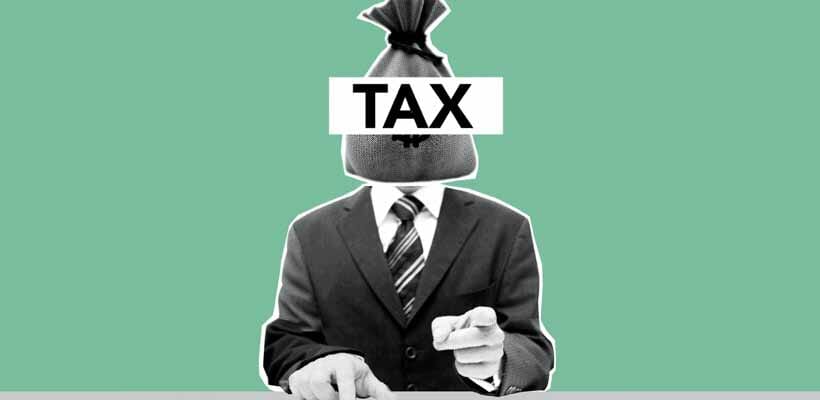
Why has the tax been introduced?
Estimates suggest that, in the UK, around five million tonnes of plastic are used each year, around half of which is packaging. However, only a small fraction of this is actually recycled, meaning plastic waste is either sent to landfill or exported (although large importers of waste, such as Malaysia and China, are beginning to set limits).
The UK government is looking to increase the domestic capacity to recycle and reuse plastic waste in order to address this, but to do so requires significant investment.
The new tax provides a clear economic incentive for businesses to use recycled plastic material in their packaging. The tax should create a greater demand for recycled plastic material and therefore stimulate increased levels of recycling and collection of plastic waste.
The increased demand should also help divert plastic from landfills and incineration.
Increasing the demand for recycled plastic material should, in turn, result in increased investment in recycling infrastructure to facilitate this.
How much tax must be paid?
Suppose your business is liable for the tax, and any of your packaging qualifies (details of this are covered later in this article). In that case, there is currently a tax of £223.69 per metric tonne of plastic used in the packaging.
However, this may be subject to change if the price of recycled material increases significantly (due to increased demand not matched by supply). This scenario would make virgin plastics more appealing, potentially necessitating a rise in the tax until reaching an equilibrium.
The types of packaging affected
What packaging qualifies for the tax?
There are two types of packaging that qualify for the new tax – that used in a supply chain or for single use by a consumer.
How much tax must be paid?
The government website states that:
A plastic packaging component is a product that is designed to be suitable for use within the supply chain, from the manufacturer of the goods to the user or the consumer. The packaging can be used alone or in combination with other products.
It must also do one or more of the following functions:
- Contain the goods
- Protect the goods
- Handle the goods
- Present the goods
- Deliver the goods
What about single-use consumer packaging?
For single-use packaging, the government website indicates that:
For the purposes of the Plastic Packaging Tax, single-use consumer packaging is any single-use product that is designed to be used by a consumer or domestic user in performing one or more of the following functions in respect of goods or waste:
- Containment
- Protection
- Handling
- Presentation
- Delivery
These products would be use by the consumer rather than in the supply chain.
What about recycled plastic packaging?
The general rule of thumb is that any plastic packaging that does not contain at least 30% recycled content is subject to the tax.
However, it is essential to note that plastic packaging containing 30% or more recycled plastic still counts towards the 10-tonne threshold for packaging you manufacture or import in a 12-month period. As such, you must still keep records of it.

What counts as recycled plastic?
The new legislation defines two types of recycled packaging – post-consumer and pre-consumer.
Post-consumer plastic is that which has come from households before being collected for recycling. It can also include plastics recovered from industrial facilities and materials that were part of a distribution or supply chain.
Pre-consumer plastic cover waste generated by manufacturing processes is reused at the same site. It is important to note that plastic generated as scrap (or regrind – effectively, whereby offcuts are put straight back into the same process) does not count as recycled plastic.
You must be aware of this final point in particular, as several manufacturers may have been using this in their figures when marketing products as “recycled” (and would not qualify as exempt under the new tax rules).
Is all plastic packaging subject to the tax?
Several plastic packaging products and components are exempt from this tax.
Exempt items include packaging with a longer-term primary use (e.g., toolbox or DVD cases) and packaging where the contents are inherently reliant on the packaging (printer cartridges, tea bags, etc). Other types include packaging primarily used in the display of goods (presentation stands, POS) and plastic packaging manufactured or imported for use in the immediate packaging of medicinal products. Packaging or components permanently set aside for use other than packaging or use in aircraft, ship, and rail goods stores are also exempt.
For further information, please take a look at our detailed guide covering the packaging exempt from the new HMRC legislation.
Does this also apply to imports of packaging?
There are also some rules worth noting surrounding the importing of plastic packaging.
The tax does apply to finished packaging that your bring into the UK for use (e.g., polythene bags to pack products in) and extends to packaging that is prefilled (e.g., bottles containing drinks).
However, the transport packaging you use to import goods is exempt from the tax. For example, the tax does not apply to any shrink wrap or other plastic packaging you use to ship goods into the UK.
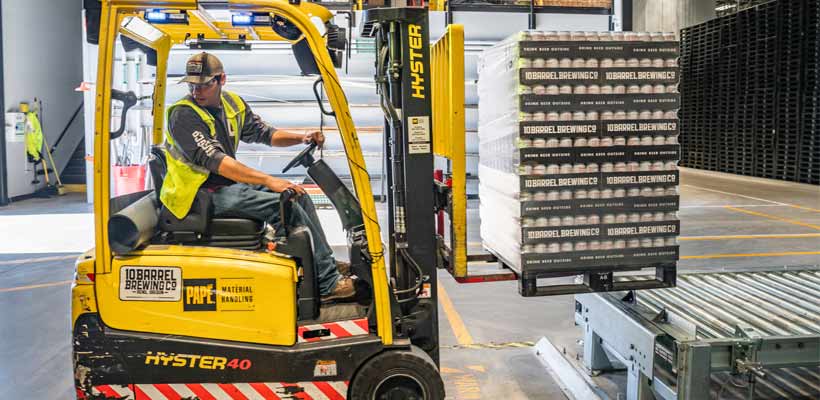
What about multi-material products?
Many packaging products contain a mixture of materials, so do these fall under the scope of the plastic packaging tax?
The short answer is that if plastic is the single largest material by weight, the tax considers the entire item as plastic packaging.
For example, a pack containing four grams of plastic, three grams of aluminium, and three grams of paper is classed and taxed as 10 grams of plastic.
The opposite also applies in that if plastic is a lesser overall component, it is not subject to the tax. Using a similar example, an item containing four grams of aluminium, three grams of plastic, and three grams of paper is classed as 10 grams of aluminium, and the tax does not apply.
It is important to note that there were discussions regarding the government introducing a test to determine whether the different materials that make up packaging are “easily separated”. This proposal would mean that where a mailing bag or mailing padded envelope consists of 10 grams of paper and eight grams of plastic, but you can easily separate the elements, the tax applies to the eight grams of plastic.
However, the current position is that describing different components as “easily separable” can often cause uncertainty in these examples. Two materials are only considered a single component if manufactured together. Foam that is glued into a box would be regarded as two separate components for the tax.
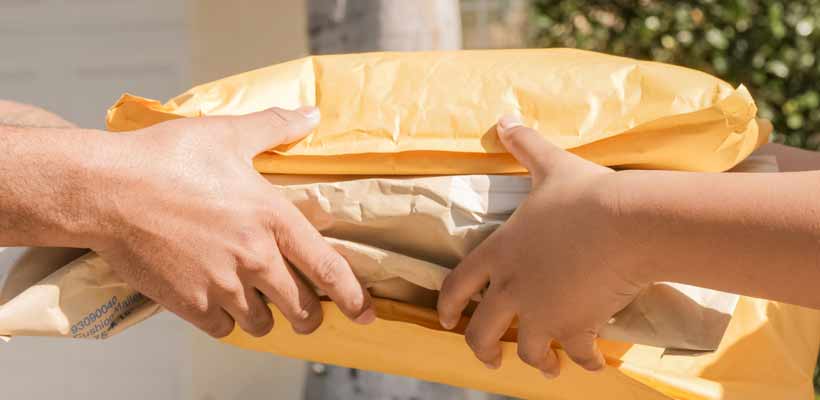
What about compostable, biodegradable, and bio-plastics?
Even though the Plastic Packaging Tax aims to result in environmental benefits, compostable, biodegradable, and bio-based plastics are not exempt from the tax.
What about items for multiple uses (e.g., tote containers)?
There needs to be some clarification regarding whether reusable transit packaging would fall within the scope of the Plastic Packaging Tax. HMRC confirmed that items such as totes and other RTP containers qualify as “packaging designed to be suitable for use within the supply chain”, which are taxable.
Picking bins, although arguably being “plastic packaging where the primary function is for storage”, are listed on the government website as part of the supply chain (and therefore are taxable).
However, a protective case (with or without foam) is for long-term storage and is not subject to the tax. Any packaging, or in the case that the user discards after the sale (e.g., a temporary plastic film which protects the goods in the supply chain), is considered packaging and is subject to the tax.

Is any other plastic packaging exempt from the tax?
The only other scenario where the Plastic Packaging Tax does not apply is if you export the packaging outside of the UK. Assuming you export within 12 months of manufacture or receipt, the packaging is not liable for the tax.
Responsibility for the Plastic Packaging Tax
Who is responsible for paying the tax?
There are two main groups that are responsible for paying for the Plastic Packaging Tax: importers and manufacturers.
Businesses that manufacture or import 10 or more tonnes of plastic packaging over 12 months must register for and pay the applicable tax. As mentioned previously, this includes importers of packaging that already contains goods, such as plastic bottles filled with drinks.
The tax payable only applies to the weight of the plastic packaging, although all plastic packaging (even that which contains 30% or more recycled material) counts towards the 10-tonne threshold.
However, any business that manufactures or imports plastic packaging, even if it is less than 10 tonnes a year, must keep records of the packaging they have manufactured and/or imported.
You should also note that, even if you are an end user of plastic packaging, you are likely to pay some or all of the Plastic Packaging Tax indirectly. The likelihood is that your suppliers pass on a significant percentage of the additional costs imposed by the tax.
What happens when there are multiple manufacturers?
One scenario that can potentially confuse who is liable for the Plastic Packaging Tax is when multiple manufacturers contribute to the production of specific packaging (e.g., Supplier A makes a plastic sheet, which Supplier B then fabricates into a bag).
In cases like this, the last “substantial modifier” is liable for the tax.
The last substantial modifier is defined as the final business to alter the products’ shape, structure, thickness, or weight through extrusion, layering, laminating, and even printing.
Processes such as blowing, cutting, labelling, and sealing do not currently count as substantial modifications under this definition.
Do businesses need to register their packaging use?
Only businesses that either import or manufacture plastic packaging within the tax scope must register with HMRC.
Companies that purchase plastic packaging from a UK supplier, and do not significantly modify it, are not liable for the tax and do not need to register. In this scenario, you may notice suppliers pass on costs (and your costs rise as a result).

Do you need to prove that your packaging is at least 30% recycled?
There are no plans for HMRC to develop an official certification system for proof of recycled content in plastic packaging.
However, the burden of proof resides with the manufacturer or importer. It means diligence and good record-keeping of your plastic packaging supplier chain are essential.
What records do you need to keep?
As per the government website and official guidance, if you register for the Plastic Packaging Tax, you must keep accounts and records to support the information you submit in your quarterly tax returns.
Your accounts must also show how you have worked out the figures you submit on your return and the evidence to support these figures.
You must keep your accounts and records for a minimum of six years and record applicable plastic packaging use in tonnes, kilograms, and grams.
Secondary liability and due diligence requirements
Whilst the importer or manufacturer of the packaging is liable for the tax, other businesses within the supply chain can be secondarily or jointly and severally liable. This liability applies where they know or ought to have known their suppliers have not paid the Plastic Packaging Tax.
This secondary liability and the joint and several liability provisions mean that any related business needs to conduct due diligence. Doing this ensures HMRC can’t say you should have known that the supplier did not pay the tax.
According to government guidance, businesses should conduct due diligence on suppliers and customers.
Other considerations
Should you tell your customers about the tax?
If you import or manufacture plastic packaging, you can absorb the additional costs incurred by the Plastic Packaging Tax or pass some or all of it on to the users of your products.
Initially, the legislation specified that manufacturers and importers would need to show on any affected invoices the amount of tax paid on the products. However, HMRC has removed this as a mandatory requirement.
However, proving transparency for your customers regarding any increases you pass on to them would be a sensible course of action.

If your business doesn’t qualify for the tax, does it still affect you?
Although your business may not qualify for paying the Plastic Packaging Tax directly, you may still find that you do so indirectly.
Suppliers of many products may pass on some or all of the additional costs incurred. Businesses may communicate these increases as being due to the tax or a price increase on the affected products.
It would be wise to discuss any price changes with your suppliers.
What can you do to avoid the Plastic Packaging Tax?
You can take several steps to potentially avoid, or at least mitigate, paying the Plastic Packaging Tax (or incurring increased costs from your suppliers).
Options include switching to products composed of at least 30% recycled material. You can also change to completely different materials (e.g., replacing plastic packaging with paper-based products such as corrugated packaging). Reducing the overall amount and weight of plastic in your packaging, utilising multi-trip and reusable packaging where appropriate, and generally working with suppliers to develop sustainable strategies moving forward are viable options.
Summary
Mitigating the Plastic Packaging Tax
Even if you are not directly paying the tax, it is essential to ensure that the price of the packaging you use does not become unsustainable. Discuss your options with your packaging supplier (including using recycled equivalents or alternative products) to avoid or mitigate any price increases you may see.
The tax also provides the perfect opportunity to review the long-term sustainability of your packaging and turn this into your advantage (e.g., highlighting your eco-credentials to ever more receptive consumers).
Still need further advice? You can download a free guide covering carrying aspects of the Plastic Packaging Tax 2022 or speak with a member of our team at GWP for assistance.
About the author

David is responsible for driving improvements in sustainability at GWP and the wider Macfarlane Group, having previously performed a similar role for Zero Waste Scotland.
Important note
Due to the sensitive and regulated nature of the topic this guide addresses (eco-friendly packaging) we have taken extra steps to ensure its accuracy and reliability. You can find out more in our content policy.
All information is, to the best of our knowledge, accurate and correct at the time of publication. Please also note that, as all scenarios vary, not all information contained in this guide may apply to your specific application. There may also be specific regulations or laws, not covered within this particular guide, that apply. Please view the list of sustainable packaging regulations for further details.
Share this article
Further reading
Featured products
Get in touch
Related guides
HMRC Plastic Packaging Tax legislation – which products are affected?
5 ways to avoid or reduce the impact of the tax on plastic packaging
Packaging Waste Regulations quick guide (2025 update)
Analysis: Single trip packaging vs returnable packaging
Corrugated board grades explained: types of cardboard
Packaging Terminology: A glossary of terms and conditions
Recycling symbols on packaging – explanation and free icon downloads







